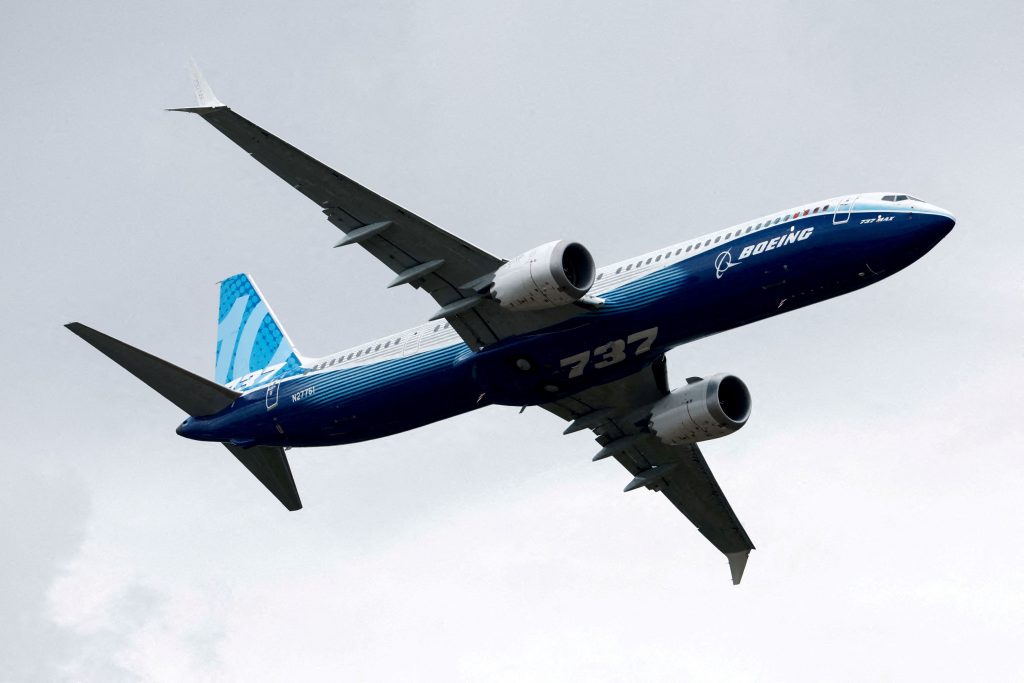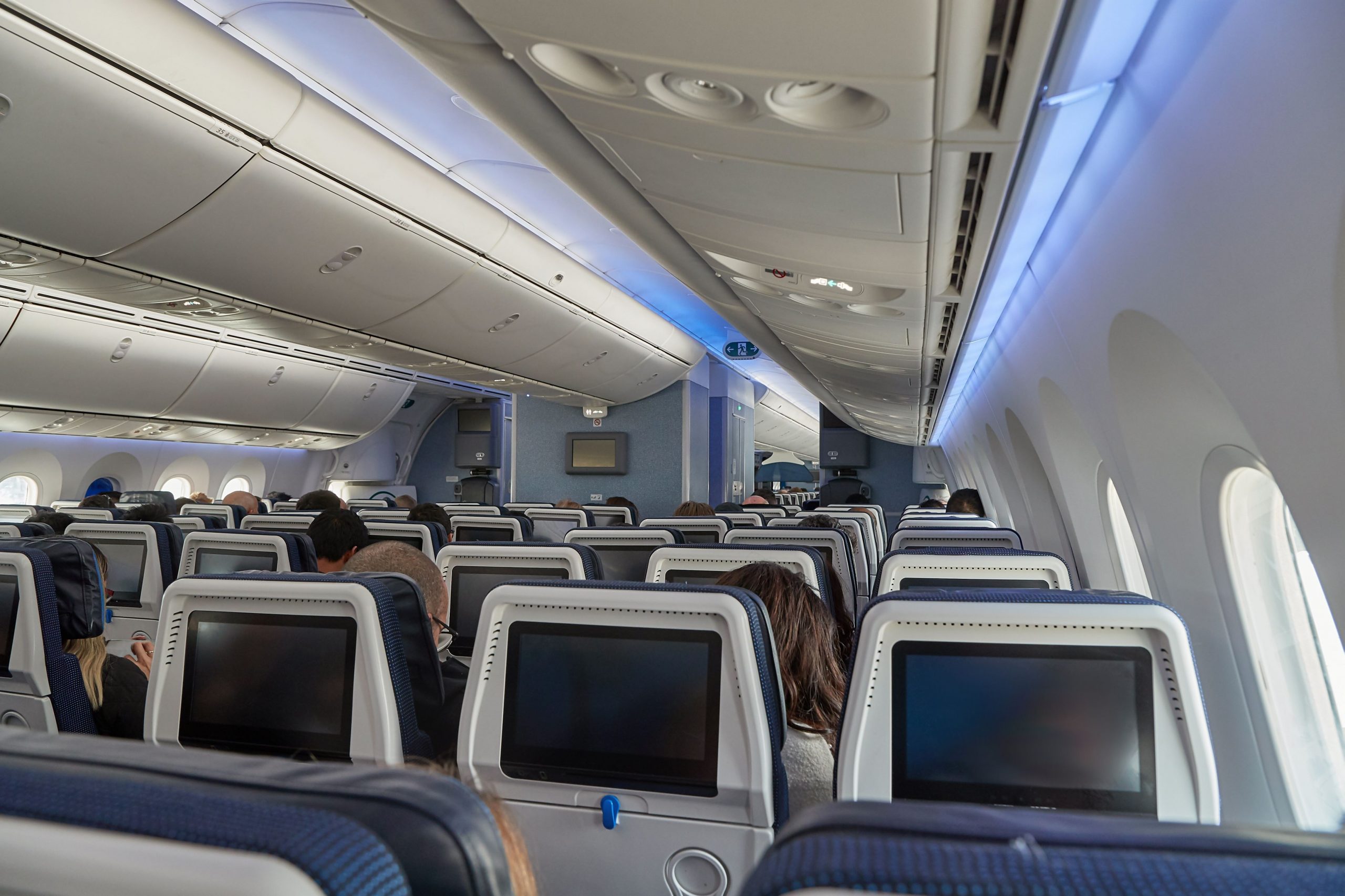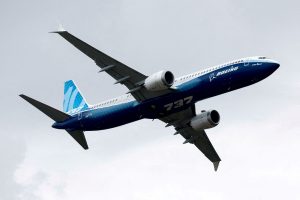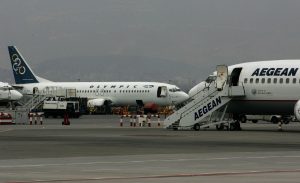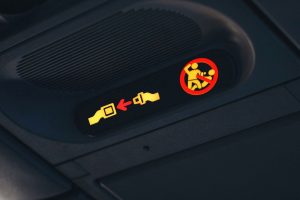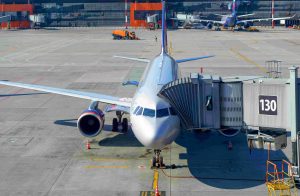Raise your hand if you’re thinking more about where you sit on a plane, and whether you’d truly be ready to assist in an emergency, after the harrowing images from back-to-back mishaps at Alaska Airlines and Japan Airlines.
Millions of travelers reach their destinations every day without incident: In 2022 there were 20 accidents on U.S. airlines with scheduled service, with one fatality, according to the National Transportation Safety Board. That’s out of nearly 8.4 million departures. And the term “airline accident” covers either substantial damage to or serious injury on a plane from gate to gate.
Yet fliers are rightfully spooked by close calls, and aviation-safety specialists say it’s natural to wonder which airline seats are safest after midair incidents make the news. They’re quick to note there’s no satisfying answer—partly because air emergencies are as impossible to predict as they are rare.
“There’s really no ‘safest’ place to sit,” says Anthony Brickhouse, an associate professor at Embry-Riddle Aeronautical University in Daytona Beach, Fla.
A scare above Portland
Some industry veterans say they were surprised about the details of the incident on Alaska Flight 1282 out of Portland, Ore., Friday night.
A piece of the plane blew out near window seat 26A toward the back of the plane. Fortunately no one was in the seat or the adjacent middle seat.
The hole was the size of an emergency exit door but was really a 4-foot-long panel used to cover up, or plug, a space for where an optional extra door could go. In some airline seat configurations on the Boeing 737 Max 9 jetliners, this would have been an exit row.
Alaska and United found loose bolts on the door plugs of other MAX 9 jets after the Federal Aviation Administration grounded the plane.
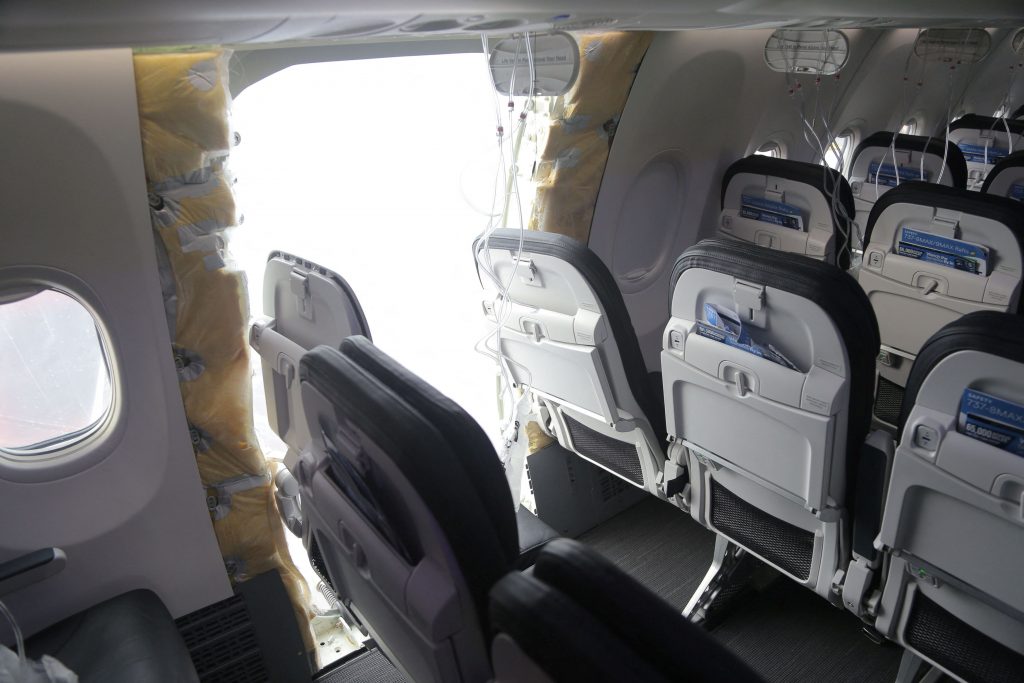
The fuselage plug area of Alaska Airlines Flight 1282 Boeing 737-9 MAX, which was forced to make an emergency landing with a gap in the fuselage, is seen during its investigation by the National Transportation Safety Board (NTSB) in Portland, Oregon, U.S. January 7, 2024. NTSB/Handout via REUTERS.
No passengers on the Alaska or JAL flights were seriously injured. Five passengers on a Japan Coast Guard plane that collided with the JAL jet died in the Jan. 2 accident at Haneda Airport in Tokyo.
As unusual as such incidents are, when they happen, nobody knows ahead of time how they will play out, says Brickhouse, director of Embry-Riddle’s Aerospace Forensics Lab and an accident investigator.
“If you can tell me how an aircraft is going to crash,” he says, “I can tell you where to sit.”
He says the back of the plane has proved safer, followed by seats near the wings. The wings’ “strong structural components” make that part of the plane better able to withstand a crash, he says.
Brickhouse favors exit-row seats for the extra legroom and the chance of a fast escape in an emergency.
“If something does happen, I’m at the exit,” he says.
Listen before takeoff
Travelers truly concerned about safety should focus less on where they sit and more on airlines’ safety briefings preflight, Brickhouse and other industry experts say. Most of the time passengers, especially frequent fliers (myself included), tune out flight attendants and safety videos on seatback screens.
“It’s frustrating when I fly and look around and very few people are paying attention,” Brickhouse says.
Flight attendants regularly remind us to keep our seat belts on when seated and to locate the emergency exit nearest our seat. Brickhouse says there have been accidents where passengers overlooked an emergency exit just a row behind them as they headed for the exits at the front of the plane.
“Psychologically, humans like to leave the plane the same way they came in,” he says. “It’s really about vigilance and paying attention and being aware of what’s happening.”
Graham Braithwaite, a professor and director of transport systems at Cranfield University in the U.K., says he’s seen airlines suggest passengers count the number of rows to an exit, even if the exit is behind them.
One reason for this, he told me via email: The last person to escape from a British Airtours fire at Manchester Airport in England in 1985 said he always counted the rows to the nearest exit. When smoke filled the cabin, doing so led him to safety.
Braithwaite’s airplane seat when he travels: the closest available aisle seat to the exit row.
During an evacuation, he says, it’s imperative to listen for flight-attendant instructions. They receive directions from the pilots about which side of the aircraft is safe to evacuate or determine themselves when and where it’s safe to open an exit.
Some of the exits couldn’t be used during the JAL incident because the jet was on fire, but they managed to evacuate 367 passengers within 18 minutes. That Airbus A350 aircraft has been required to prove it can evacuate in less than 90 seconds, but the aircrew was still fast enough to save everyone.
Matt Platt isn’t a nervous flier. The 50-year-old UPS driver from Utah started flying as an unaccompanied minor as a child and says he flies several times a year today, often with his kids. He watches “Air Disasters” on the Smithsonian Channel.
Platt says his 10-year-old son loves the window seat as much as he did at that age. He won’t be sitting there on a planned flight to Florida for Major League Baseball spring training, however.
That the Alaska incident occurred on a brand new plane rattled him.
“I would probably go out of my way to not book a window seat,” he says.
—Sign up for the WSJ Travel newsletter for more tips and insights from Dawn Gilbertson and the rest of the Journal’s travel team.
Write to Dawn Gilbertson at dawn.gilbertson@wsj.com
